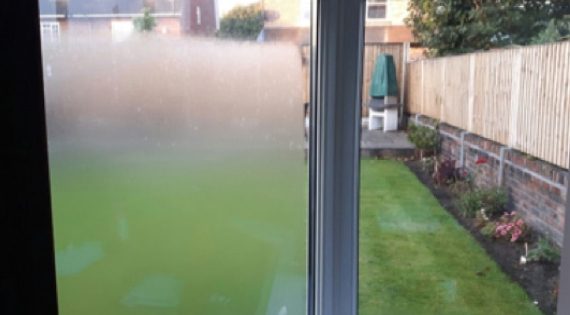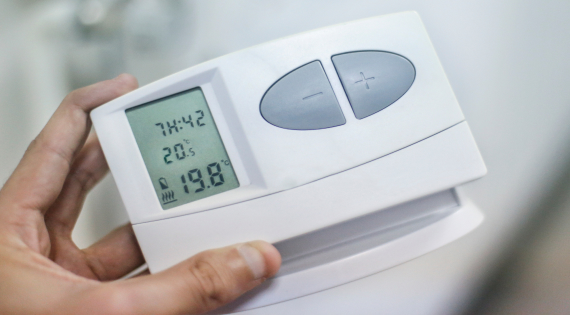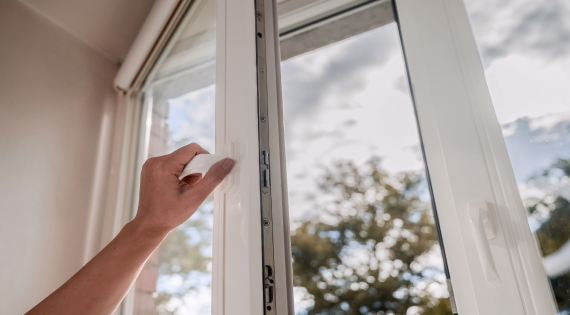
Understanding condensation
Condensation in the home can lead to cosmetic and structural damage, and affect your family’s health. Here are some notes on how it is caused, and tips on reducing it.
Condensation is becoming much more of a concern in recent years. With new technology and improvements in the thermal performance of buildings, today’s homes are becoming more airtight, and excess humidity in the air can be trapped inside, leading to a damp home, mould growth, and more.
Windows are usually blamed for causing excessive condensation because they are the first place the problem can be seen. In practice, however, if your windows are suffering from condensation, they are giving you a warning that moisture is present throughout your interior, and the solution may not be window-related. If your interior wall surfaces are often damp, for instance, and mould is developing, then you may have insufficient wall insulation, or there is a ventilation issue.
Nonetheless, there are steps you can take to ensure your windows and doors are doing their bit to minimise condensation in your home. Reducing condensation will also help lower your heating bills.
Where does condensation come from?
Air contains moisture vapour, whether indoors or outdoors. Inside the home, in addition to the normal level of moisture in the air, moisture is created by household activities such as cooking, showering and clothes-drying. Indoor plants and unflued gas heaters are additional sources of moisture. Even the simple act of breathing will moisten the air.
Dealing with Condensation?
External condensation on windows
How condensation is measured
We can use measurements to pinpoint the exact time condensation will appear.
The two common terms we use are relative humidity and dew point.
Relative humidity
Dew point
How to measure condensation in your home
How to tackle condensation
Since condensation is created by household activities, simply installing new windows will not fix the problem. Listed below are a variety of methods to help minimise the risk of condensation. If you have timber frames, remember to keep paintwork in good condition to prevent pooling condensation from soaking in and causing rot.











